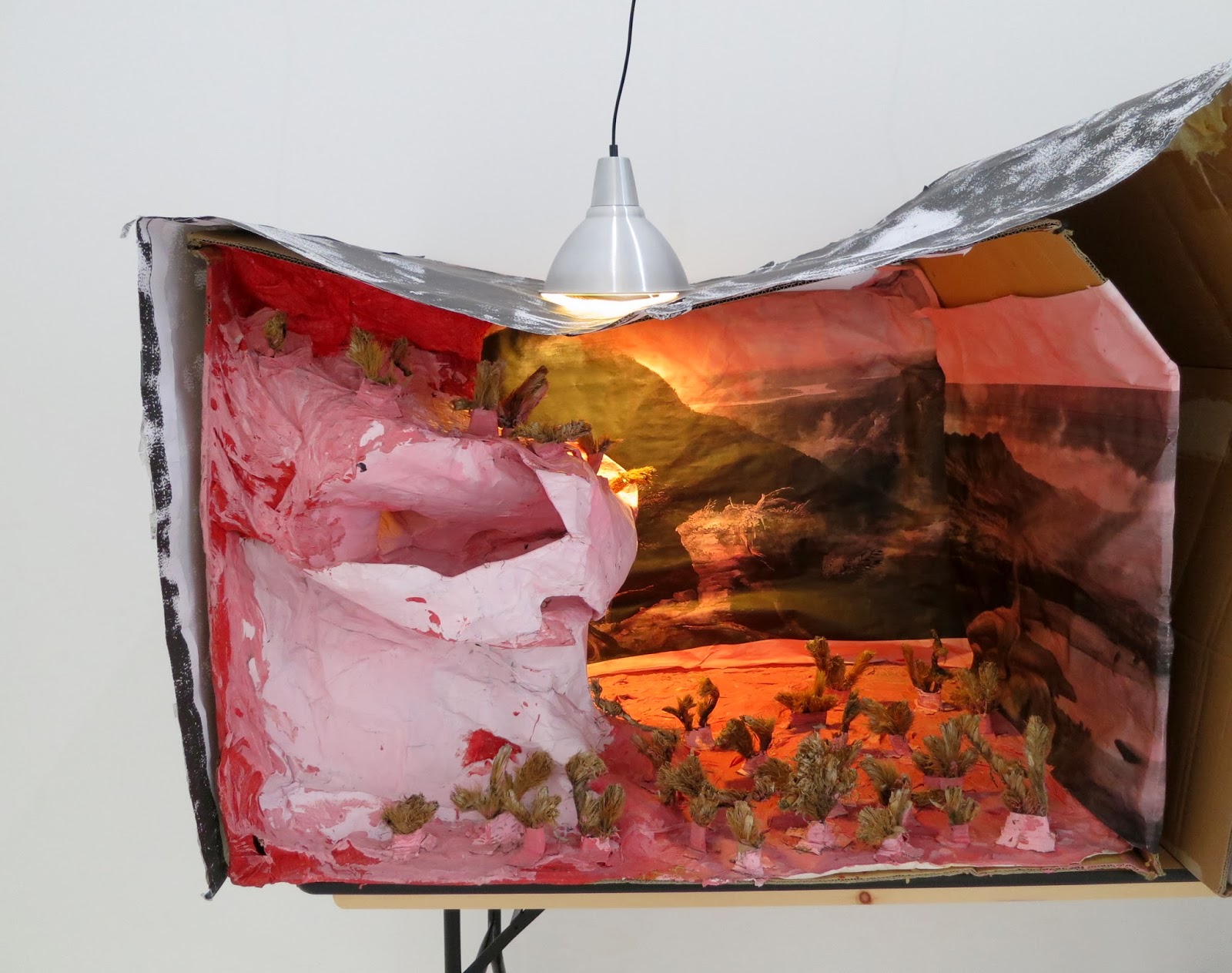James Turrell
at the Royal Academy of Arts, 6 Burlington Gardens, London.
This was the first time we'd seen Turrell's work and we were both mesmerised by it: 'Mark Rothko in LED' is how Ken described it. And in one sense it's true - it's work that invites contemplation, it's a meditative experience.
Tall Glass
Each work features an aperture with a frosted and curved glass surface which is animated by an array of LED lights creating a tangible and physical plane of light. There is a procession of changing colours that the artist has likened to a musical system utilising themes and gradient tones. He wants to speak to viewers without words, impacting the eye, body and mind to heighten awareness: 'I want to create an atmosphere that can be consciously plumbed without seeing, like the wordless thought that comes from looking in a fire'.
He is interested in exploring technological possibilities combined with sensory practices: 'I am really interested in the qualities of one space sensing another. It is like looking at someone looking. Objectivity is gained by seeing once removed. As you plumb a space with vision, it is possible to 'see yourself see. This seeing, this plumbing, imbues space with consciousness'. He wants reviewers to have a pure perceptual experience. Fascinated by the phenomenon of light he wants the viewer to go through the similar experience he undergoes in Quaker meetings of silent contemplation, patience and meditation. Contemplating while looking at his work, I would say he has succeeded.
Wide Glass
I did my contemplation with Tall Glass in the upstairs room. There was no seating in the three rooms downstairs which is a shame, as no serious contemplation can be achieved standing up. I took a few photographs of the changes in the light and colour. The changes were very slow and subtle. Below you can see just a few - totally mesmerising.
Source:
http://www.pacegallery.com/london/exhibitions/12614/james-turrell


























































